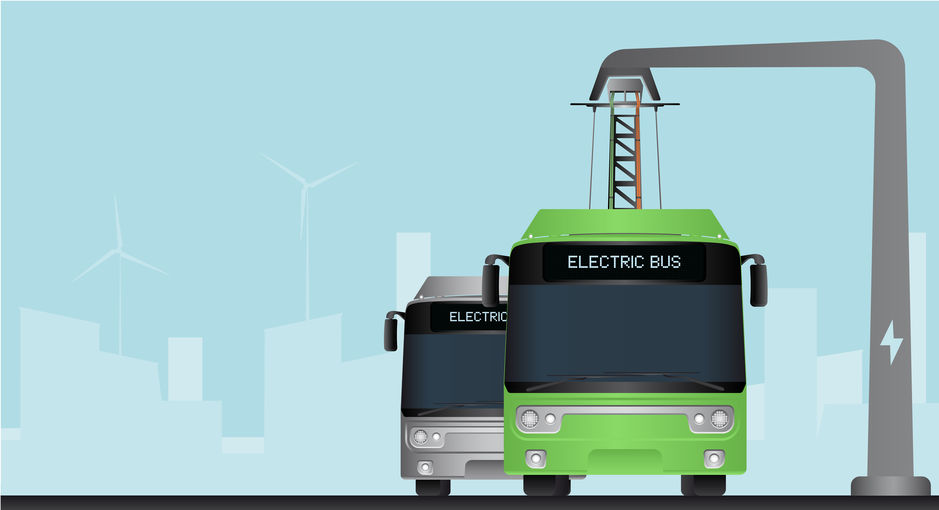 You might be surprised to learn that the concept of an electric car was first brought to life in the 19th century, hundreds of years before Tesla was even founded! In fact, the first attempt at producing a small-scale electric car took place as early as the 1830s. Over the next century and a half, electric vehicles—including the electric bus—went through peaks and valleys in popularity, until manufacturers began to approach them more seriously again in the late 20th and early 21st centuries.
You might be surprised to learn that the concept of an electric car was first brought to life in the 19th century, hundreds of years before Tesla was even founded! In fact, the first attempt at producing a small-scale electric car took place as early as the 1830s. Over the next century and a half, electric vehicles—including the electric bus—went through peaks and valleys in popularity, until manufacturers began to approach them more seriously again in the late 20th and early 21st centuries.
Today, electric buses are used more widely than ever before, though a large majority of U.S. cities have yet to fully implement them into their public transportation systems. To understand the current and future role of the electric bus, let’s take a closer look at the advantages and disadvantages of their widespread use!
Pros of the Electric Bus
They’re better for the environment.
Because they don’t run on gas, electric buses don’t produce the harmful emissions that standard vehicles breathe into the air. This helps decrease greenhouse gas build up that causes detrimental issues like global warming and air pollution, making our environment cleaner and healthier. Additionally, because they have no exhaust and vibrate less, they even reduce noise pollution.
It’s cheaper to run and maintain an electric bus.
Electricity is much less expensive than gasoline, as anyone who keeps track of their gas budget will know. Fueling a bus with electricity is only about a third of the cost of fueling it with gas, which saves a considerable amount of money over time. Electric buses also have fewer regular maintenance costs—because they don’t run on fuel, there’s no need for oil changes. Plus, the smoother ride is easier on the brakes, helping them to last longer.
Electric buses are more convenient.
With electric buses, there’s no need for school or city districts to source fuel to power their fleets. They can conveniently recharge their vehicles by simply connecting to the local power grid. Or, companies can even set up solar panels to generate their own power source for even greater long-term savings.
Cons of the Electric Bus
They have a higher upfront cost.
Electric vehicles are expensive to make, and therefore expensive to buy. Electric cars run about $20,000-30,000 more than a regular vehicle, and an electric bus can cost two to three times as much as a standard. Until our technology advances further and becomes cheaper to produce, anyone looking for an electric bus is looking at a pretty hefty down payment—especially for an entire fleet.
Additionally, cities that use electric buses need to install charging stations and/or en route charging stops to power their vehicles. These stations can cost upwards of $50k, on top of the added utility costs of the electricity they’ll need.
Electric buses have a limited range.
Even the most recent electric bus models only get up to 225 miles per charge, depending on the weather and local terrain. This means they need to recharge about once a day—for up to several hours depending on how much battery they’ve used—which can really impair the efficiency of a public transportation system.
As the public transportation and bus industries evolve with new technology and innovation, one thing will remain the same—you can count on Las Vegas Bus Sales for the latest information and widest variety of new and used buses available! We’re constantly updating our inventory with the newest models of shuttle buses, school buses, coach buses and more, to meet the modern needs of our clients.
Contact our team today to learn more about the buses we carry and schedule a visit to our dealership to see them for yourself!
